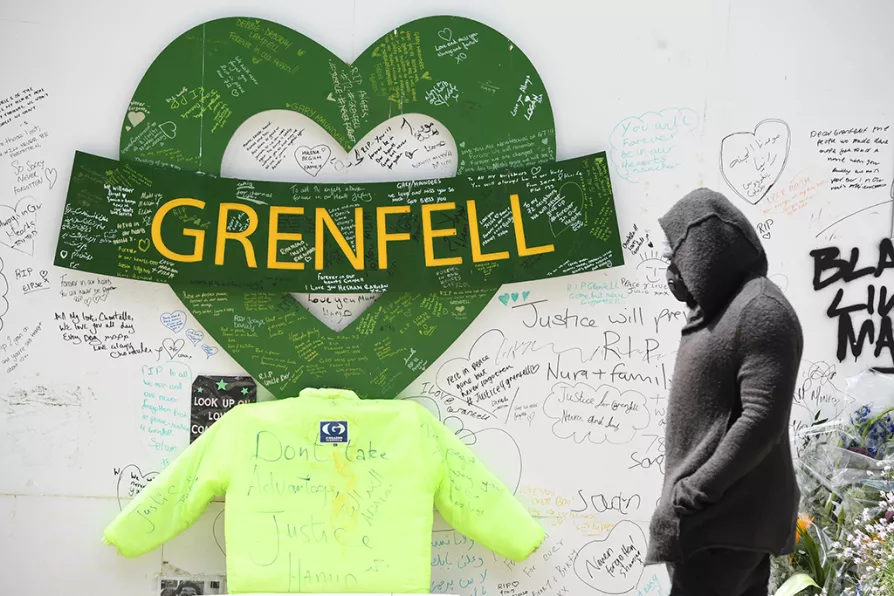Once the bustling heart of Christian pilgrimage, Bethlehem now faces shuttered hotels, empty streets and a shrinking Christian community, while Israel’s assault on Gaza and the tightening grip of occupation destroy hopes of peace at the birthplace of Christ, writes Father GEOFF BOTTOMS
‘They knew what they were doing was dangerous’
ANN CZERNIK reports on the ‘risk-taking for profit’ that led Grenfell Tower’s cladding manufacturer to exaggerate the safety performance of its product in fire resistance tests


SEVENTY-TWO men, women and children died on June 14 2017 in the Grenfell fire disaster.
On August 15 2017, the Grenfell inquiry was set up to understand the circumstances around the fire.
The Metropolitan Police opened one of the largest investigations into allegations of corporate crime.
Similar stories

MPs say ministers have 'heads in sand' on safety













